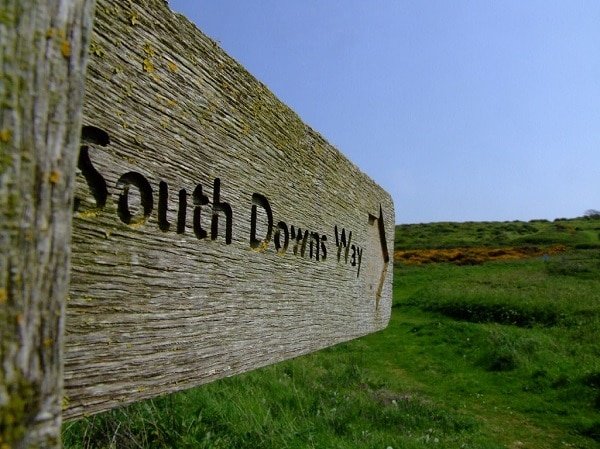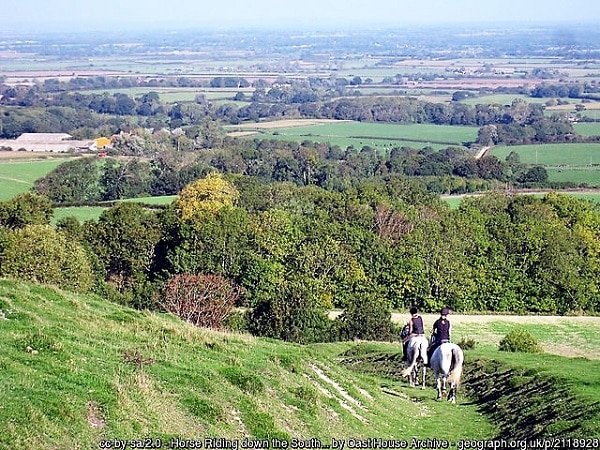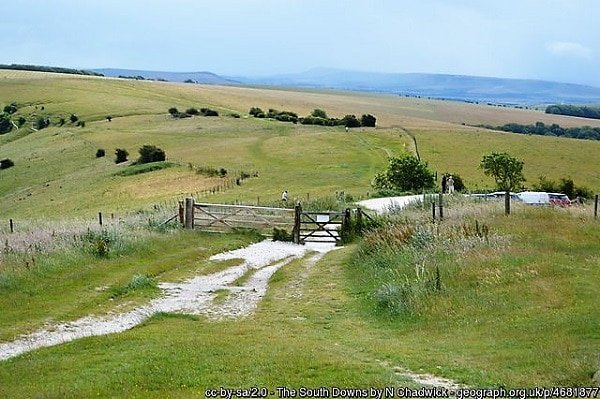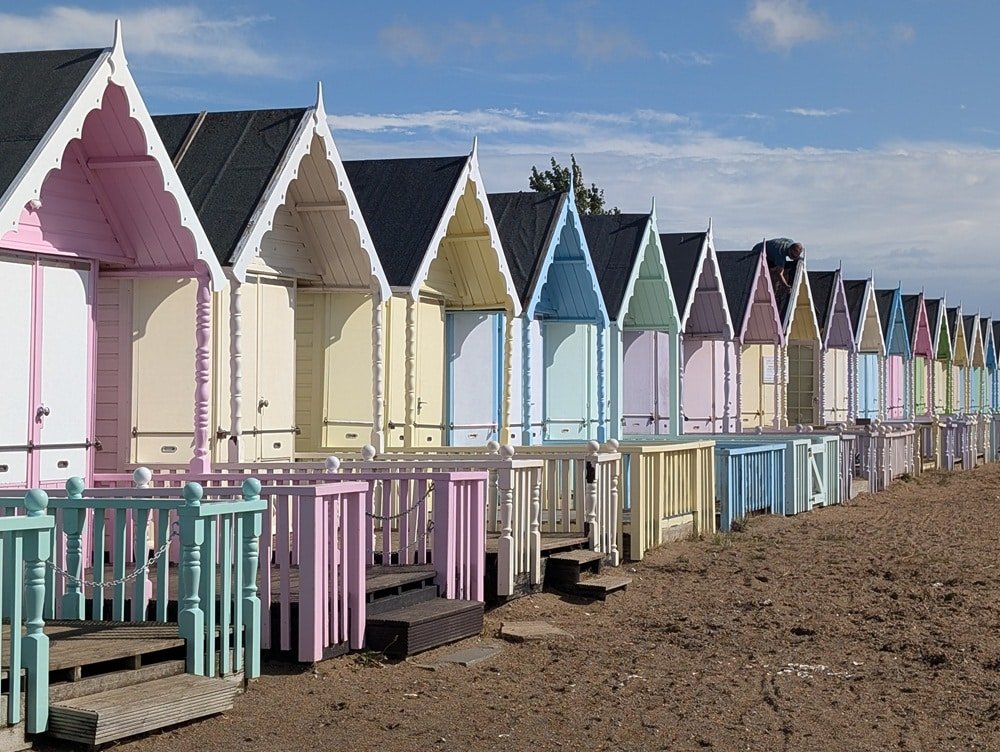
And so we reach the end of our spotlight series. Over the past few months, we have explored Britain’s National Parks, from the wild beauty of the Cairngorms to the rugged Pembrokeshire Coast to the tranquil waterways of the Lake District and the Norfolk Broads. Now the series ends with the United Kingdom’s newest National Park. It’s time to explore the South Downs.

The South Downs was designated a National Park in 2010. They are a stretch of hills and chalk ridges that run across the south of the country. Somewhat parallel to them but running through Kent and Surrey are the North Downs. The ridges eventually meet up in Hampshire. The 631 square miles of South Downs National Park stretches through Hampshire, West Sussex, and East Sussex, arriving at the coastline at Seven Sisters and Beachy Head. Approximately 120,000 people live within the park. Exact visitor numbers are not available, in part because of the large number of local residents. However, the National Park Authority estimates that numbers could be as high as 39 million every year. If true, this makes it the most visited park by far.

The South Downs Centre in Midhurst is the primary visitor centre for the park, although many of the area’s towns have small information centres. In addition to visitor information, the centre has exhibition space, a conference area, charging spots for your electric car, and a fully stocked bicycle repair station.
What to do.
The South Downs Way runs the length of the park, starting in Winchester in the West and making its way to the coastline near Eastbourne. It has been used as a thoroughfare since the Bronze Age and so you pass numerous Iron Age mounds, former hill forts, and points of historic interest. The 99-mile trail offers views that stretch for miles. It passes through a number of towns, making it easy to stop for a quick pint or to find a B&B before continuing the next day. The South Downs Way is popular with walkers, cyclists, and horse riders, and so remain respectful of others using the path. Keep all dogs on a leash.

Of course you don’t have to walk the entire 99 miles if you don’t feel like it. Just do a smaller segment or explore one of the other trails, such as Centurion Way which follows an old railway line. Or explore part of the 64-mile Serpent Trail. This path passes through heath lands, now rarer than rainforest.
There are miles and miles of bridleways throughout the park. Horseriders should take care, however, as they may encounter farm animals or loose dogs.

Adventurous treasure hunters might want to try the South Downs GeoTour. Download a map, pick up a passport, find all 30 caches, and win a commemorative GeoCoin.
What to see.
After exploring the great outdoors all day, be prepared to explore after dark. In 2016, the South Downs National Park became an International Dark Sky Reserve. If you’ve been reading the spotlight series regularly, you will know that it is in good company, with several other parks. The park website has maps and info about where to find the darkest skies, and some tips for getting that perfect photo of the constellations.
Arundel is at the southern edge of the park, almost in the centre of its full length. Arundel Castle is a popular place to visit for families. The extensive gardens will impress anyone with green fingers, and the well-preserved castle tells 1000 years of history.

Going further back in history, do take time to visit some of the park’s many Iron Age monuments and forts. Chanctonbury Ring is a notable landmark, the site of an Iron Age hill fort, now marked by a cluster of beech trees that were planted in the 18th century. Local lore claims it is a special spot for mystical happenings and UFOs! Meanwhile, the Ancient Yew Forest at Kingley Vale features gnarled and oddly shaped yew trees, some up to 1000 years old!
These are just a few examples of things to see and do. The area is filled with history, nature, museums, castles, and of course those magnificent chalky cliffs at the end of the South Downs Way.

Avoid the crowds.
If visitor estimates are correct, you might think you can never avoid the crowd at the South Downs. However, as with all the National Parks. there are spots that most of the tourists gravitate towards, leaving many a peaceful retreat to be enjoyed by those who know where to look. Head out of the towns and it won’t be long until you’ve left the crowds behind. Don’t discount visiting in winter, when the landscape is a stunning array of bare trees silhouetted against the long winter sun. And in the spring, you can see blankets of wild flowers.

Where to stay.
Camp and caravan sites are situated throughout the park. Lots of people report wild camping in the park but follow the usual guidelines – asking permission if on someone’s land, being respectful of the area, etc. There are also options for something out of the ordinary. Yurts, a lighthouse, even a double decker bus – they’re all available at locations in or around the park.
Whatever your accommodation preference–hotel, bed and breakfast, or self-catering–you will find a huge range of options to suit a variety of budgets. Our sidebar includes several affiliate links to hotel chains and cottages within the area.

And so that brings us to the last of our National Parks. Rest assured it is far from the last time we shall be visiting any of them, though. Expect to see more detailed posts in the future about specific spots of interest. Hopefully this spotlight series gave you a few ideas for British National Parks that you may not have known about and now want to visit. Coming soon, we’ll be exploring the coastlines of Britain, and we’ll have a new series on Literary Landscapes.



3 thoughts on “National Park Spotlight: South Downs”
Comments are closed.